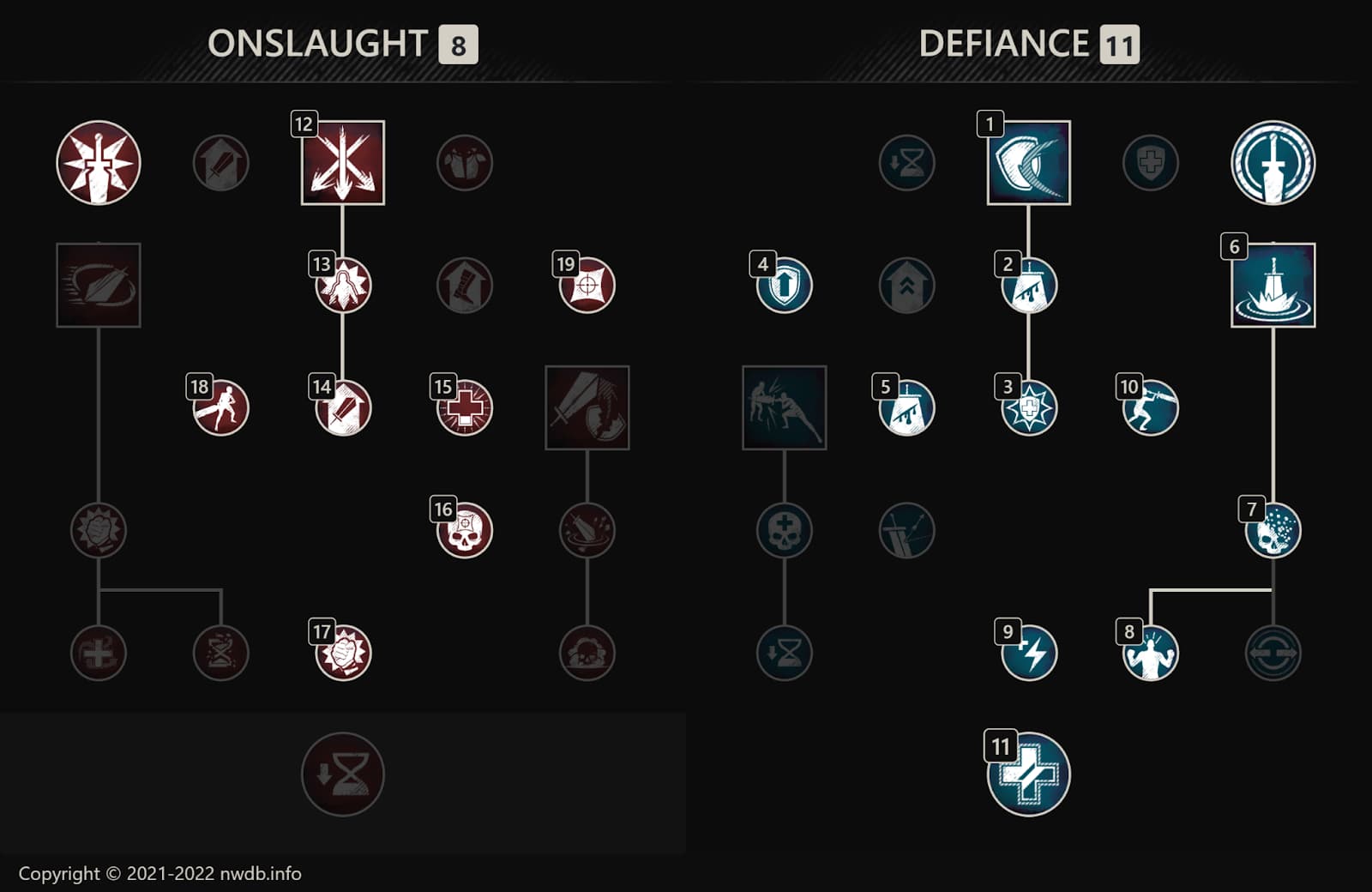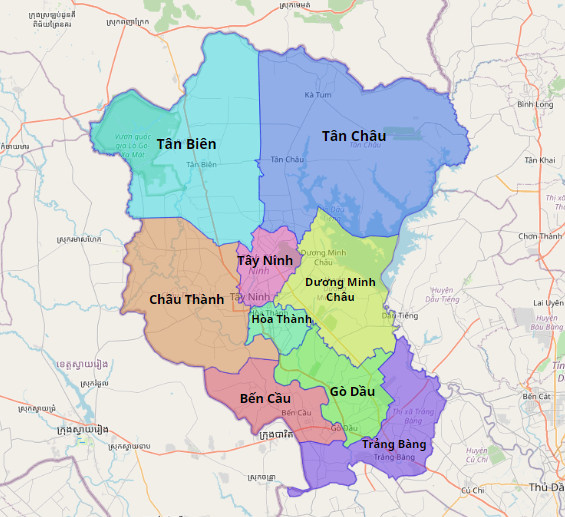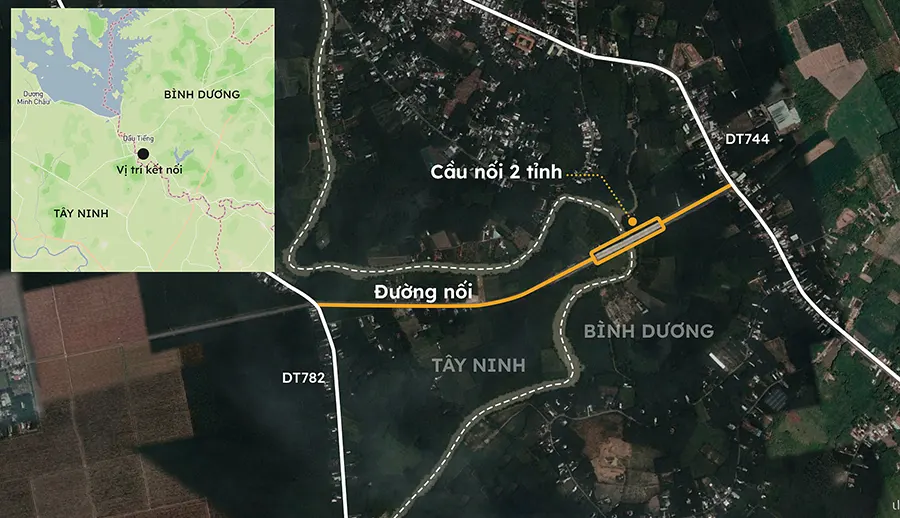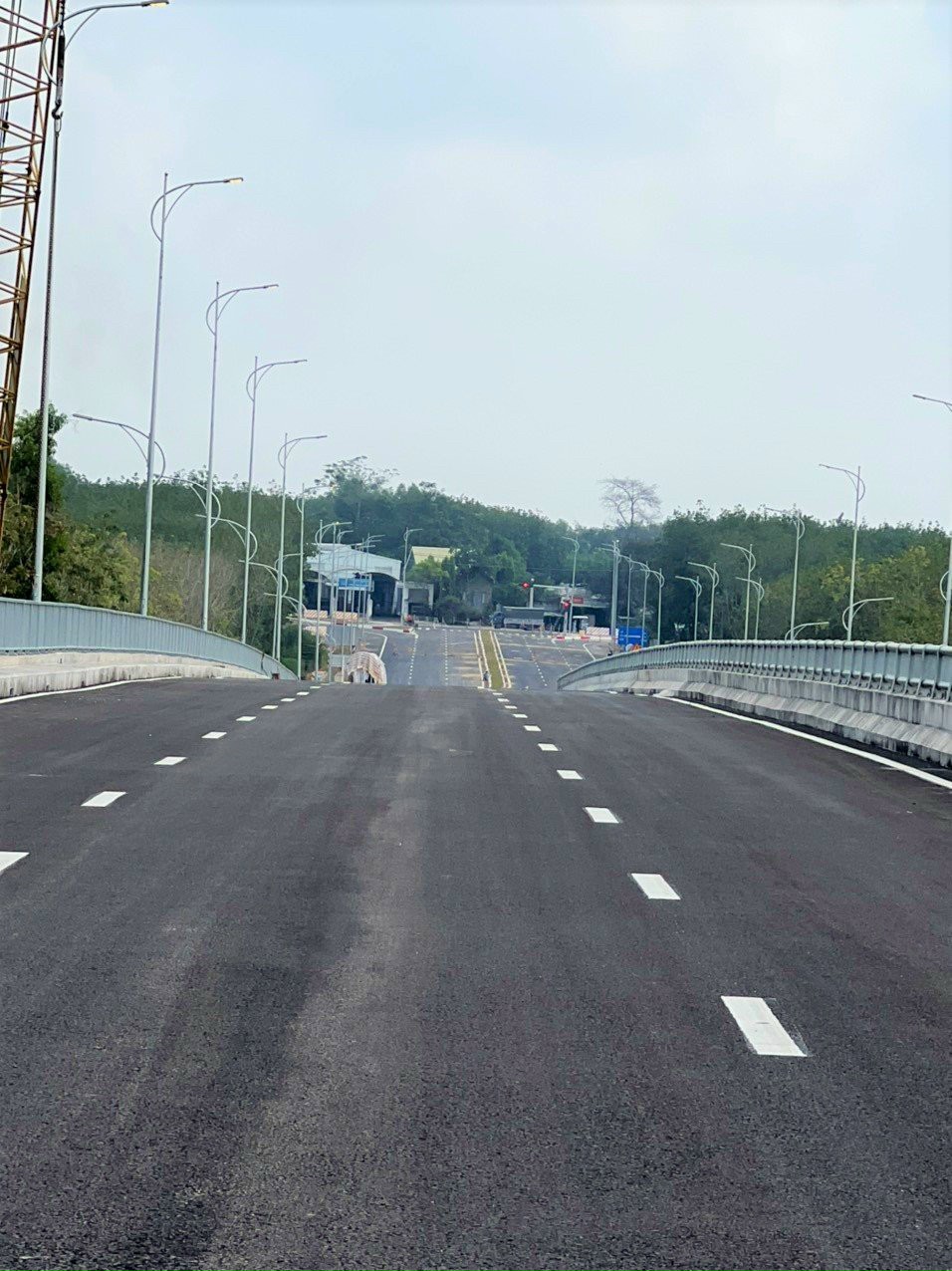Understanding Trump's Vision For A National Missile Shield

Table of Contents
The Rationale Behind Trump's Missile Defense Strategy
Trump's missile defense strategy was rooted in a perceived need for a more robust and technologically advanced defense against a growing number of threats. The geopolitical landscape, marked by the increasingly belligerent actions of North Korea, the destabilizing influence of Iran, and the unpredictable nature of other potential adversaries, fueled this approach. Existing missile defense systems were deemed inadequate to meet these emerging challenges, necessitating a significant overhaul and expansion. A core tenet of the strategy was the belief that a strong, credible defense would deter potential aggressors. This proactive defense, it was argued, would be a powerful tool in maintaining peace and stability.
- Increased funding for missile defense programs: The Trump administration significantly increased the budget allocated to research, development, and deployment of various missile defense systems.
- Focus on technological advancements: A key emphasis was placed on developing and implementing cutting-edge technologies to improve the effectiveness and reliability of missile defense systems.
- Strengthening alliances through joint missile defense initiatives: The administration sought to strengthen collaborations with allies to establish a more comprehensive and integrated missile defense network.
Key Components of Trump's Proposed National Missile Shield
Trump's proposed national missile shield comprised several key components, each designed to play a specific role in intercepting incoming missiles at different stages of their flight.
-
Ground-Based Midcourse Defense (GMD): This system is designed to intercept ballistic missiles during their midcourse phase, utilizing ground-based interceptors launched from sites in Alaska and California. While effective against some threats, its limitations in terms of accuracy and capacity have been frequently highlighted.
-
Aegis Ashore System: This land-based adaptation of the Aegis combat system, deployed on US Navy warships, uses similar interceptor missiles to engage threats in their terminal phase. Its deployment in various locations offers a layered defense approach.
-
Sea-Based Missile Defense: The US Navy plays a crucial role in missile defense, with its ships equipped with Aegis systems providing a mobile and adaptable defense layer. This offers flexibility and the ability to respond to threats in various regions.
-
Space-Based Missile Defense: This futuristic element, while still in its early conceptual stages, envisions utilizing space-based sensors and interceptors to provide a comprehensive, early-warning system and potentially intercept missiles in their boost phase. Technological hurdles and potential space weaponization concerns remain significant challenges.
-
Specific technologies and systems involved: This includes various interceptor missiles, radar systems, command and control networks, and data processing capabilities.
-
Geographic locations of deployment: Key locations include Alaska, California, and various naval bases worldwide.
-
Estimated costs associated with each component: The overall cost of the program ran into billions of dollars, a significant point of contention for critics.
Criticisms and Challenges Facing Trump's Missile Defense Plan
Despite its ambition, Trump's missile defense plan faced considerable criticism and challenges.
-
Technological feasibility: Critics questioned the technological feasibility of intercepting advanced, maneuverable missiles, particularly those equipped with countermeasures. The success rate of current systems remains a subject of ongoing debate.
-
Cost-effectiveness: The massive cost of research, development, deployment, and maintenance of such a system has been a major point of contention. Many argued that the funds could be better allocated to other aspects of national security.
-
Strategic implications: Concerns were raised about the potential for an arms race, as adversaries might seek to develop more advanced missiles to overcome the defensive capabilities.
-
International relations: The deployment of missile defense systems can have significant geopolitical implications, potentially straining relations with other nations.
-
Specific criticisms from experts and political opponents: Many experts expressed doubts about the effectiveness and cost-efficiency of the proposed system.
-
Arguments against the cost-effectiveness: Critics highlighted the opportunity costs of diverting substantial resources to missile defense.
-
Potential risks and drawbacks associated with the plan: These included the potential for accidental escalation and the risk of miscalculation.
Evolution of Trump's Missile Defense Policy Over Time
Trump's missile defense policy wasn't static. It evolved throughout his presidency, influenced by several factors. Early emphasis on rapid expansion gave way to a more nuanced approach as technological limitations and budgetary constraints became apparent. The influence of key advisors and geopolitical events also played significant roles in shaping policy shifts.
- Key policy statements and announcements related to missile defense: These included pronouncements on increased funding and accelerated deployment schedules.
- Significant events that influenced the policy's evolution: Events such as North Korean missile tests had a significant impact on policy adjustments.
- Changes in budgetary allocations for missile defense: While initial allocations were substantial, subsequent budgets reflected a degree of recalibration.
Conclusion: Understanding and Evaluating Trump's National Missile Defense Vision
Trump's vision for a national missile shield represented a significant commitment to enhancing US defense capabilities in the face of evolving threats. The plan, encompassing GMD, Aegis Ashore, sea-based defense, and the aspirational space-based component, aimed to create a layered defense against ballistic missiles. However, the plan wasn't without its critics, who raised concerns about its technological feasibility, cost-effectiveness, strategic implications, and international repercussions. Understanding the rationale, components, challenges, and evolution of "Trump's Vision for a National Missile Shield" is crucial for informed discussions on national security and the future of missile defense. Continue learning about this crucial aspect of national security by researching "Trump's Vision for a National Missile Shield" further and engaging in informed discussions about its implications. You can find additional information on this topic through reputable news sources and government reports.

Featured Posts
-
 World Trading Tournament Wtt Aimscaps Success And Challenges
May 22, 2025
World Trading Tournament Wtt Aimscaps Success And Challenges
May 22, 2025 -
 Southport Attack Councillors Wife To Appeal 31 Month Prison Term
May 22, 2025
Southport Attack Councillors Wife To Appeal 31 Month Prison Term
May 22, 2025 -
 Yevrokomisar Pro Vidmovu Ukrayini Vid Nato Klyuchovi Momenti Ta Analiz
May 22, 2025
Yevrokomisar Pro Vidmovu Ukrayini Vid Nato Klyuchovi Momenti Ta Analiz
May 22, 2025 -
 Nato Nun Tuerkiye Ve Italya Ya Verdigi Yeni Goerev Ne Anlama Geliyor
May 22, 2025
Nato Nun Tuerkiye Ve Italya Ya Verdigi Yeni Goerev Ne Anlama Geliyor
May 22, 2025 -
 Trans Australia Run Record A New World Best
May 22, 2025
Trans Australia Run Record A New World Best
May 22, 2025
Latest Posts
-
 Cap Nhat Duong Va Cau Ket Noi Binh Duong Va Tay Ninh
May 22, 2025
Cap Nhat Duong Va Cau Ket Noi Binh Duong Va Tay Ninh
May 22, 2025 -
 Cau Va Duong Cao Toc Binh Duong Tay Ninh Thong Tin Moi Nhat
May 22, 2025
Cau Va Duong Cao Toc Binh Duong Tay Ninh Thong Tin Moi Nhat
May 22, 2025 -
 Binh Duong Tay Ninh Duong Bo Va Cau
May 22, 2025
Binh Duong Tay Ninh Duong Bo Va Cau
May 22, 2025 -
 Tim Hieu Ve Cau Va Duong Ket Noi Binh Duong Tay Ninh
May 22, 2025
Tim Hieu Ve Cau Va Duong Ket Noi Binh Duong Tay Ninh
May 22, 2025 -
 Tuyen Duong Va Cau Noi Binh Duong Voi Tay Ninh
May 22, 2025
Tuyen Duong Va Cau Noi Binh Duong Voi Tay Ninh
May 22, 2025
